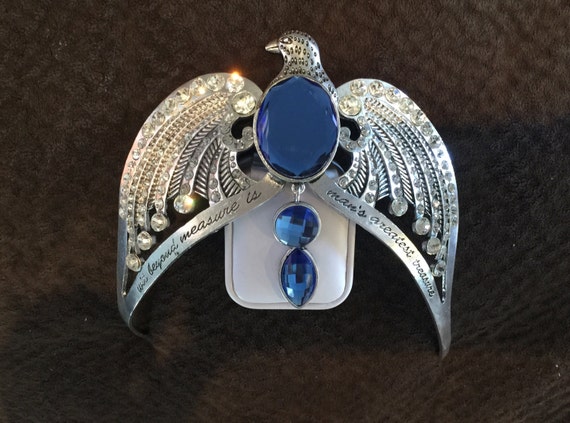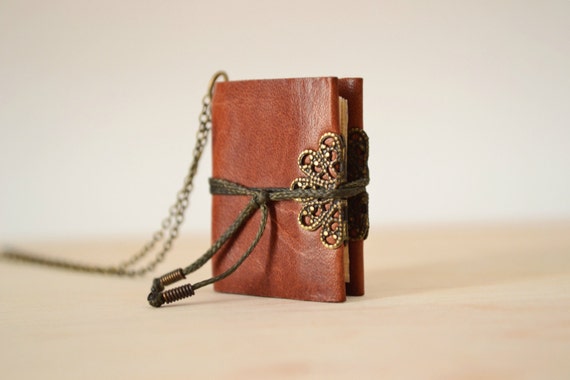What was the well-dressed young woman wearing in the first half of 1835?
Perhaps she was seeing in the new year in black and white, as in these
Dinner and Evening Dresses. The Dinner Dress is of a silk brocade in an “Egyptian pattern”, whatever that might be, with sleeves of tulle under the wing-y things (called
mancherons). The Evening Dress, of white crape over satin, features black ribbon trim and an elaborately constructed headdress, and demure black silk net mitts. (January,
Court Magazine):
For daytime wear, we have a
Walking Dress and Carriage Dress. The Walking Dress is described as being “a deep citron ground plaided in one of the new Walter Scott patterns”—shades of the growing popularity of all things Scottish that would see its high point under Queen Victoria. I do wish the front view of this dress had been depicted, for its description indicates a pretty elaborate embellishment on the front of the skirt, including tassels! The Carriage Dress includes a velvet mantle which is supposed to be dark brown—I don’t know if the colorist used the wrong tints or if the color has altered in the 180 years since this print was made. It is trimmed with swansdown; the underlying dress is of sprigged green silk. (February,
Court Magazine):
Also from February’s
Court Magazine is a sweet
Ball Dress, of white and gold satin. The dress itself is fairly plain; the part of the skirt and bodice edged with gld ribbon and blond lace is actually a separate tunic. As charming as it is, I can’t help wondering if the sleeves don’t get dreadfully in the way when dancing—don’t you think they might?
Another
Evening and Dinner Dress duo from March’s
Court Magazine. The white Evening Dress is of satin and crape, decorated with pink “papillon”, or butterfly, bows. The scarf-shawl thingy is also trimmed with swansdown, which seems to be popular this spring. The Dinner Dress is of blue velvet, with those little wing-like
mancherons set above sleeves of lace-covered satin. Note the model’s rather alarmingly sloped shoulders, which seems to have been the ideal of feminine beauty—it’s a good thing modern purses hadn’t been invented, or she’d never be able to use one with a shoulder strap:
This
Evening Concert Dress is just lovely, don’t you think? With a pelerine and trim at hem and sleeves of
blond de Cambray and somewhat less extreme fullness in the sleeves, it’s classically pretty...and, alas, fatally toxic. Vivid green dyes of this type were very popular in the 19th century not only for fabric, but for shoe leather, wallpaper, and other consumer goods...and all these dyes were based on arsenic. (Hmm, I think I feel a future post coming on...) Maybe I’ll take that white Ball Dress from February, instead! (
April, Court Magazine):
Here are a pretty green and white
Morning Dress (uh-oh, not green again!); more interesting is the
Dinner Dress, with its under-dress of gold satin and an open robe of violet silk lined with more satin and trimmed with blond. The
Falier sleeves cover the full sleeves of the under-dress, which again must have been bulky in the extreme. Note again the lace mitts, as opposed to full gloves. (April,
Court Magazine):
If it’s June, it must be time to make one’s curtsey at Court in a
Court Dress of tulle over satin with blond trim, mancherons over the pouffed sleeves, and scatterings of moss roses with greenery for trim. The train of rose-colored gros de Naples brocade sports more clumps of rosebuds toed into the gauze ribbon trim. And oh, the feathers! (
Court Magazine):
Finishing up June are a pair of
Evening Dresses in white crape, deeply décolleté, with pleated bodices and broadly horizontal sleeves. Again, the ideal of beauty (very small heads and very sloping shoulders) make for some strange anatomy, but the dresses are so dreamily romantic! (Court Magazine):
What do you think of the fashions of the first half of 1835?





















































